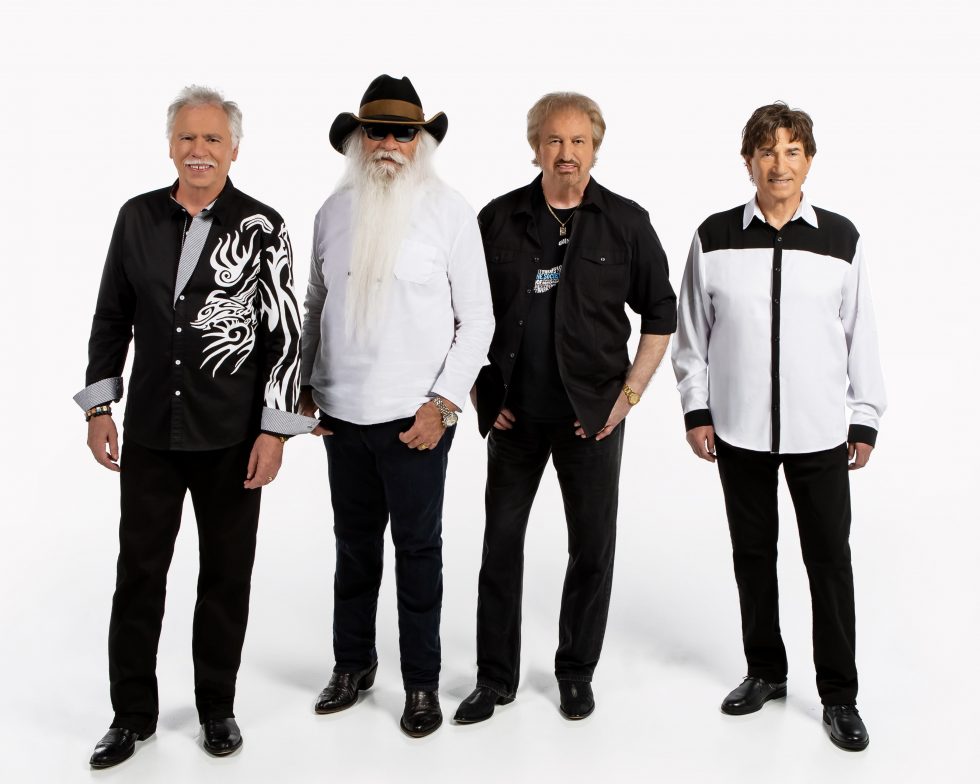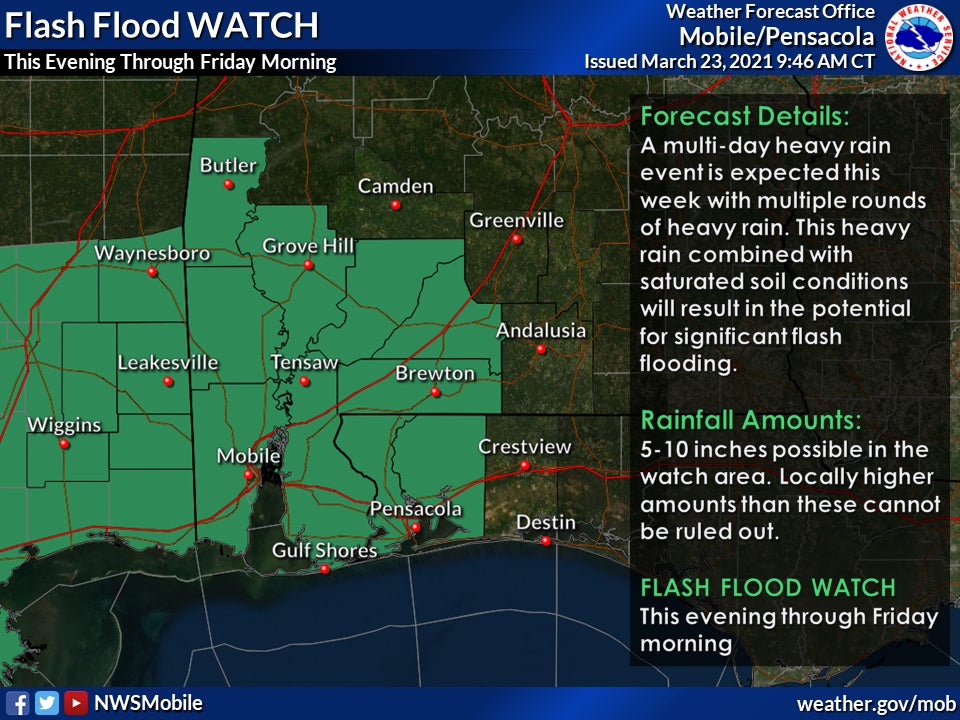Shofner School topic of Historical Society meeting
Published 4:52 am Tuesday, May 24, 2005
By Staff
I have been going through some of my records and ran across several things I thought might interest you. One of the things I have is the little book written by Henderson Potter.
Henderson Potter was the son of former slaves. His father was able to buy his freedom after he was responsible for saving some passengers on a burning boat. He also was able to buy the freedom of his girlfriend and the two were married.
Potter was born in 1866 in Pollard and came to Brewton at an early age. He remained here for 73 years before writing his account. He said that in his youth, he played and hunted in the woody sections where businesses and houses are now located. The railroad station was located where the Robbins &McGowin buildiing is. Squirrels, wild turkeys and even bears could be seen from a distance of not more than 200 yards from the station.
He attended school in a log cabin near the present site (at the time of the writing) of T.R. Miller Mill's box factory. The school term was only three months as it was necessary to work in the fields the rest of the time. Sometimes Potter and his brothers were allowed to go to Pollard, but they had to leave really early in order to have time to walk back. It was a parental rule that they must be home before the sun went down.
Potter learned the trade of carpentry and began working as an apprentice with a local contractor. His father opened the first barber shop in town and he began to learn that trade as well and eventually went into barbering full time.
He said that he had the advantage over these years to see Brewton grow from a tiny, woody, animal infested village into a prosperous town. According to him, Brewton was named for Benjamin Brewton who he said constructed the first building in the area and made it his home. He tilled the soil along Murder Creek and raised huge crops of corn, despite the fact that he spent a lot of time chasing the bears out of the crop.
Potter said that Billy Jernigan owned a combination grist and saw mill and planted his corn not more than 50 yards from the mills, allowing him to saw logs, grind corn and look after his crop all at the same time.
In the year 1880, Col. Stallworth owned a bar room which was located on the lot where May Candy's brick building was at that time. (It is now part of Brewton Iron works.)
In 1882, Dr. H.H. Malone owned a cypress mill where the city park is now.(I assume that is where the city park is still located.) He had cut many stacks of lumber before he found out that there was no market for it. He stacked the lumber and there it remained until the summer and fall of 1883, when the Yellow Fever struck Brewton. At that time so many people were dying that caskets could not be made fast enough. Dr. Malone offered his lumber to build caskets for the victims of the fever. Before the epidemic was over, all of the lumber had been used.
Potter said that during the time of the epidemic, he served as night watchman and it was his duty to ring a bell every hour.
Another story told was about sheriffs James McMillan and Ed McMillan. While James McMillan was in office, a man named Tom Marshall was arrested for killing his sister and burying her remains in a gopher hole. After he was arrested and sent to jail, a mob of other his peers was raised by a man named Water Dacus. They went to Sheriff McMillan's home and demanded the key to the jail to seize Marshall to lynch him. McMIllan told them to wait while he went back into the house to get the key. When he returned, he brought not the key, but a double-barrel shotgun, thus saving the prisoner for a fair trial.
These stories told by Potter are very interesting but too numerous to tell at one sitting. I will come back to him later on.




